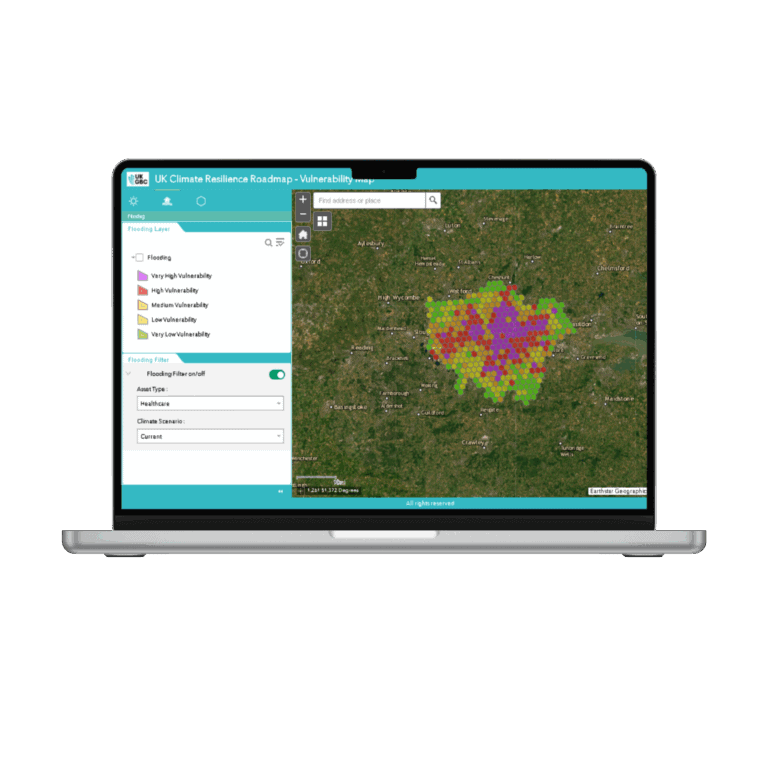IMP Thrapston Business Park

Key Sustainability Objectives/outcomes and Approaches Used
Biodiversity Net Gain
The development was environmentally, and biodiversity driven from its concept stage, far in advance of any planning application occurring. A close working partnership was established between the supporting Ecological Consultants and Landscape Architects to ensure that the scheme delivered the ‘right habitats in the right place’ and would support the achievement of both local and national nature conservation and restoration goals.
By proactively adopting early measures and striving to restore habitats well beyond the development site’s boundaries, surpassing future statutory requirements, this project is positioned to support protected and priority habitats and species in Northamptonshire. This will occur through the re-establishment of large wildflower hay meadows as well as orchards, ponds, wet grasslands, and woodland spinneys. These habitats are part of the traditional mosaic of the pastoral and wetland areas which give the Northamptonshire Vales National Character area its unique sense of place. The development is also therefore able to support the restoration of a landscape character which is increasingly under threat due to the continued intensification of farming.
However, these hay meadows do not represent a loss of active farmland (as they will still produce hay and silage for local livestock) but instead the development is able to support the financially viable de-intensification of arable practices by local farmers whist also providing increased access for people and new homes for nature.
The development will deliver:
- A Biodiversity net gain in-excess of 30% compared to current site value.
- A Hedgerow value net gain in-excess of 800% compared to current site value.
- The re-establishment of c.15ha of traditional wildflower hay meadows and orchards, with management secured for at least 30 years.
- A new ‘Green Corridor’ linking the villages of Thrapston to Titchmarsh; providing increased access to nature for people of all physical abilities. The corridor also delivers new high-value foraging, shelter and breeding habitats for bats, birds, small mammals, and aquatic invertebrates whilst also achieving bio-filtration of aquatic pollutants and mitigating against flood events.
- The developments Green Corridor will provide new links into the emerging Northamptonshire ‘Green Way’, a long-distance network of footpaths along the Nene Valley, the creation of which is a strategic aspiration for the council and local groups.
- In March 2023 the developments received Building with Nature accreditation, achieving the BwN 2.0 Design Award.
Lessons Learnt
The development faced challenges from local resident groups who are concerned about the possibility of its ecological impacts. Understanding the transformation of large green, yet intensively farmed, arable land into a combination of development and a mosaic of smaller, yet ecologically valuable, habitats such as hay meadows and woodlands can be complex. Demonstrating exactly how this transformation can deliver both secure and enduring biodiversity gains can be equally challenging.
However, to tackle this issue the development undertook multiple rounds of public consultation, with events held in public spaces in both Thrapston and Titchmarsh. These events occurred during the pre-application stage and once again early after the planning application was submitted to the council.
These consultations allowed many members of public (who had concerns about the wellbeing of local habitats and wildlife) to directly ask questions to the project’s lead ecologist. In many instances this face-to-face engagement allowed misunderstandings to be addressed and reassurances provided. In those instances where the concerns of the local residences could not be fully resolved, the consultation event allowed for their worries to be much better understood.
This greatly aided with the iterative design process, and the schemes landscaping and habitat creation proposals could then be amended to rise to meet these perceived issues. This included incorporating habitats, planting, and exploring further ecological protections/gains that had been identified as being of key importance to local people.

Related
Paradise 11

Urban Heat Island Web Map

GIS Vulnerability Web Map

UKGBC campaigns to secure Warm Homes Plan funding

